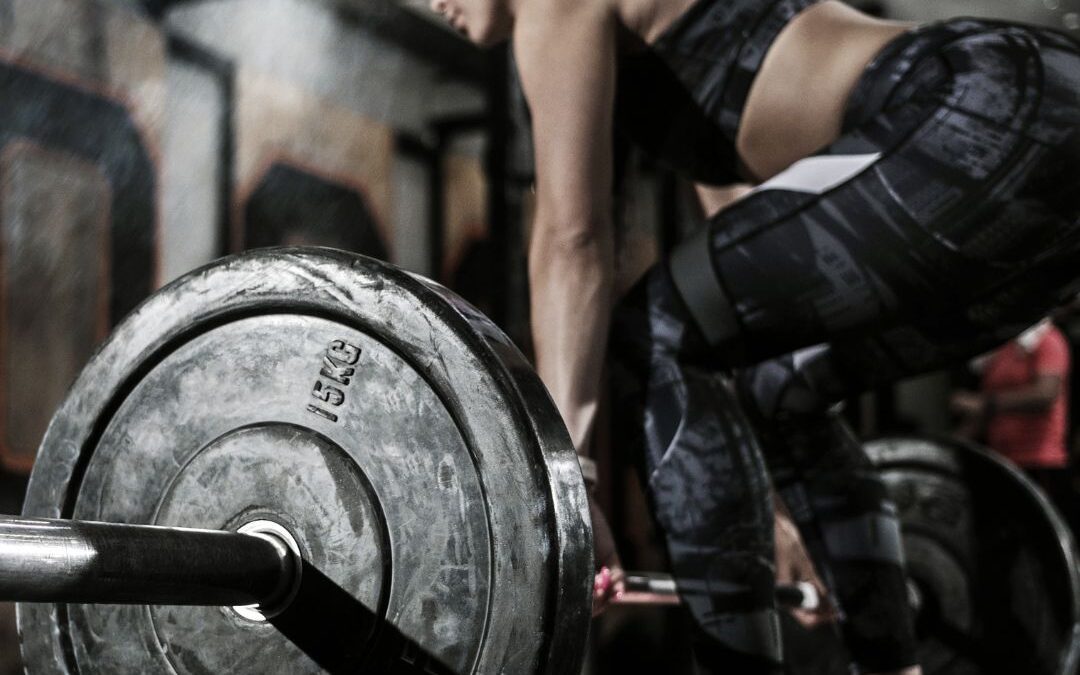In the pursuit of a toned and sculpted physique, many individuals turn to various exercise modalities, from Pilates to cardio workouts, in hopes of achieving their fitness goals. While these forms of exercise offer numerous benefits, when it comes to building muscle size and achieving hypertrophy, nothing quite compares to the power of mechanical tension. In this article, we delve into the science behind mechanical tension and why it’s the superior method for muscle growth compared to Pilates and cardio.
Understanding Mechanical Tension
Mechanical tension refers to the force exerted on muscles when they are subjected to resistance or load during strength training exercises. This tension occurs as muscle fibers contract against the resistance provided by weights, resistance bands, or bodyweight, leading to microscopic damage to the muscle fibers. In response to this damage, the body initiates a process of repair and remodeling, resulting in the growth and hypertrophy of muscle tissue.
The Role of Mechanical Tension in Muscle Growth
Mechanical tension is widely recognized as the primary stimulus for muscle growth and hypertrophy. When muscles are exposed to high levels of tension, particularly during resistance training exercises such as weightlifting, they adapt by increasing in size and strength to better withstand future loads. This process involves the activation of satellite cells, which contribute to muscle repair and growth, as well as the synthesis of new contractile proteins within muscle fibers.
Superiority of Mechanical Tension Over Pilates and Cardio
While Pilates and cardio exercises offer their own unique benefits, they lack the ability to generate the same level of mechanical tension required for significant muscle growth and hypertrophy. Pilates, for example, primarily focuses on core strength, flexibility, and muscular endurance, utilizing bodyweight exercises and controlled movements to target specific muscle groups. While Pilates can improve muscle tone and definition, it typically does not provide the same degree of resistance and overload necessary for substantial muscle growth.
Similarly, cardio exercises such as running, cycling, or swimming primarily target the cardiovascular system, promoting endurance, calorie burn, and cardiovascular health. While cardio workouts can help maintain overall fitness and aid in fat loss, they generally do not involve the level of muscular tension required to stimulate significant muscle growth.
The Importance of Progressive Overload
Central to the concept of mechanical tension is the principle of progressive overload, which involves gradually increasing the resistance or intensity of training over time to continually challenge the muscles and stimulate further growth. By progressively overloading the muscles through resistance training, individuals can ensure ongoing adaptations and improvements in muscle size, strength, and definition.
In the quest for a toned and muscular physique, mechanical tension reigns supreme as the main driver of muscle growth and hypertrophy. While Pilates and cardio exercises offer valuable benefits for overall fitness and health, they generally fall short in providing the level of resistance and overload required to maximize muscle size and definition. By incorporating resistance training exercises that emphasize mechanical tension and progressive overload, individuals can unlock their full muscular potential and achieve their desired physique.
Ready to experience the transformative power of mechanical tension? Click here and take the first step towards your fitness goals by joining Elite Strength Melbourne today!

